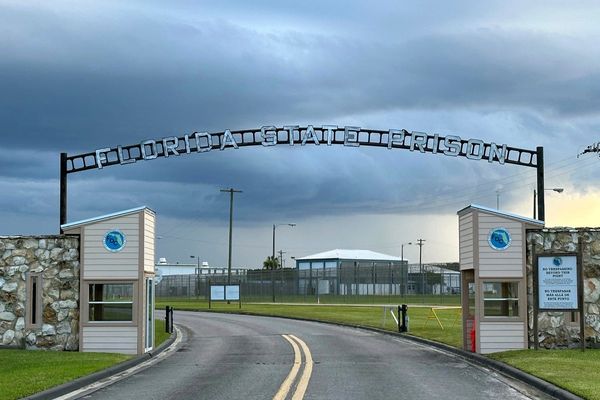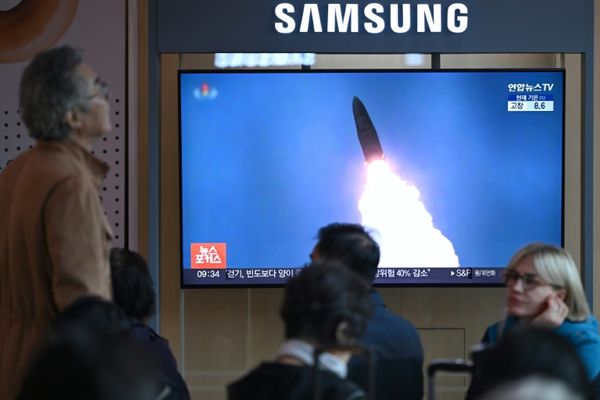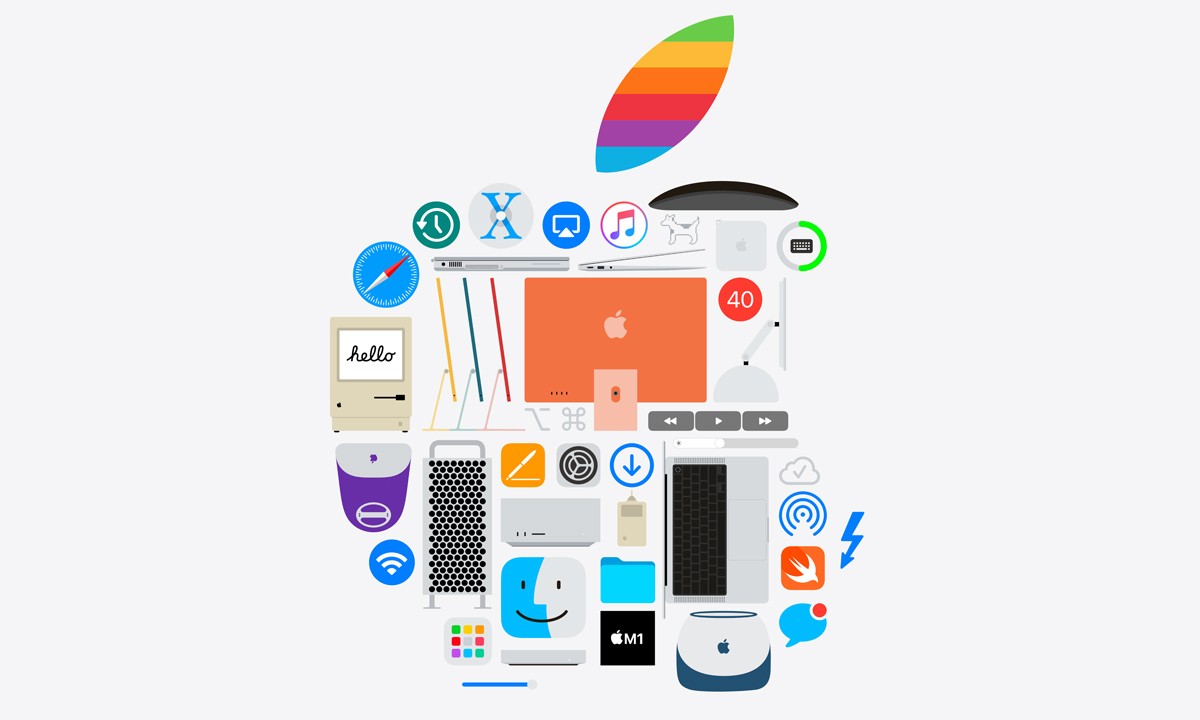
Apple might be deep in the launch of the Vision Pro, which could very well become the future of computing, but the device that made the company what it is today – and the device we have to thank for changing the world when it came to personal computing – is celebrating a big birthday. Yes, that's right, the humble Apple Macintosh has just hit 40 years old.
Quite significant changes have happened in the last four decades, and there are also some excellent things you might not know about one of Apple's most successful products. Here are 40 facts about Mac you probably didn't know.
1. The original Macs are autographed
Each one of the first Macs sold – which in case you didn't know was the 128K Macintosh – are autographed within the plastic case by the full team that worked on it, which included Steve Jobs and Steve Wozniak.
2. There's a reason behind the Apple Lisa name
The Apple Lisa predated the 128K Macintosh as a commercial computer with multi-tasking, dual floppy disks and a graphical interface, but Lisa wasn't just a random name plucked from thin air. Lisa was the name of Steve Jobs' daughter. Apple Lisa cost nearly $10,000 at the time so we suppose that means no more complaining about how much as MacBook Pro costs.
3. Mac wasn't all Steve Jobs
Steve Jobs is well-known for playing a huge role in the Macintosh – and ultimately the success it brought Apple – but it wasn't all Jobs. In fact, one of Apple's first employees, a man named Jef Raskin had the idea of the Macintosh as a personal computer that was easy to use and sold for under $1000, which was quite a different proposition to the Apple II that was designed by Steve Wozniak in 1977 following Apple I and Apple Lisa prior to that.
4. Steve Jobs was kicked out, but not for too long
Speaking of Steve Jobs, he was forced to leave Apple in 1985 where he then co-founded an IT company called NeXT. In perhaps one of the most historical comebacks ever, Apple acquired NeXT in 1996 for $427 million after it developed the foundation of what eventually become Mac OS X. He was appointed as interim CEO of Apple within six months.
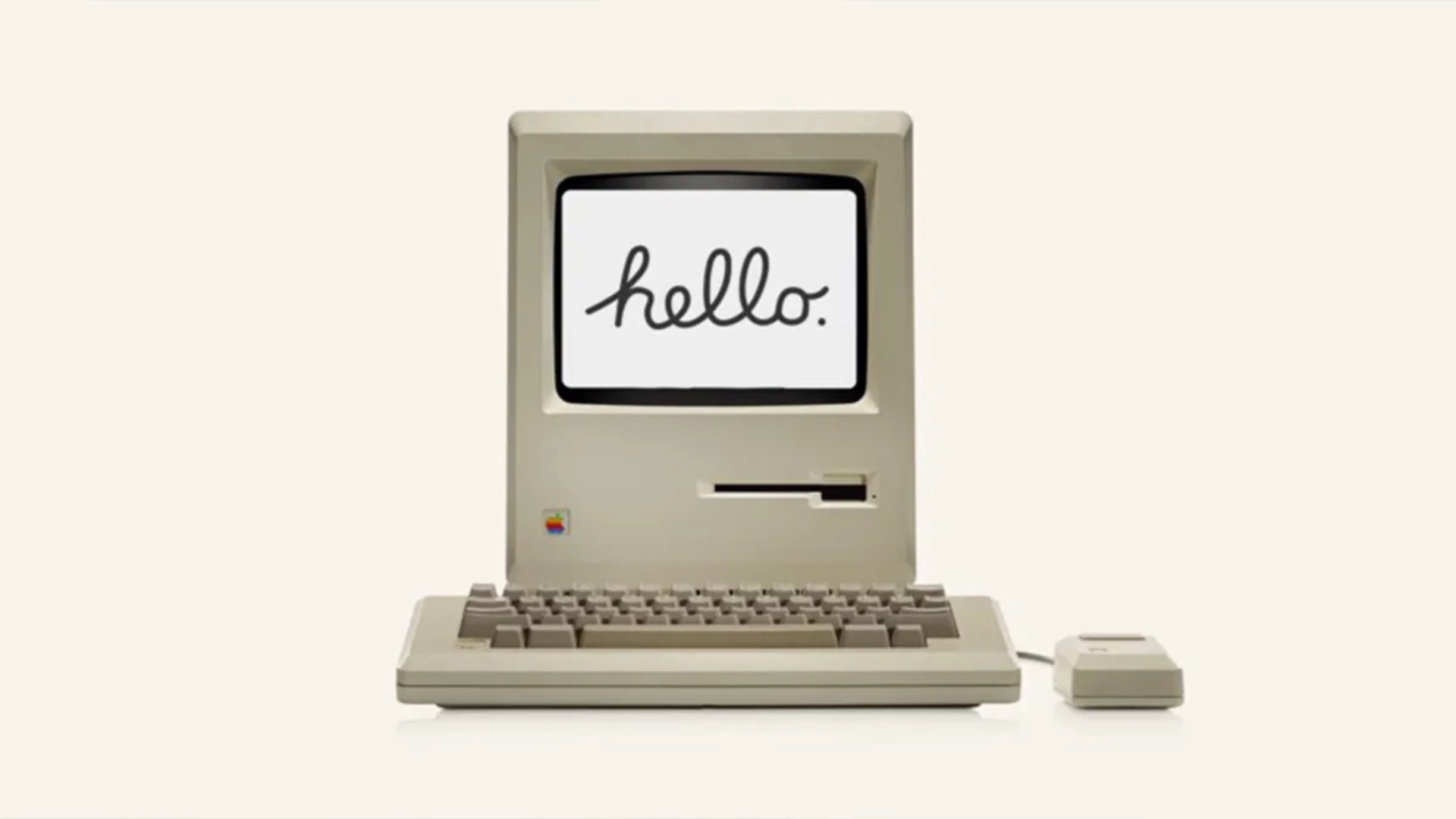
5. Named after an Apple variant
Now nicknamed Mac, the Macintosh was initially said to be named after Jef Raskin's favourite variety of Apple called the McIntosh. It had to be changed for legal reasons, which is how we ended up with Macintosh.
6. The 128K Macintosh was more expensive than the entry level IBM PC
The first Macintosh cost $2,495, which by today's top-of-the-range Mac Studio standards seems pretty reasonable to be honest. It was of course very expensive at the time however, with the entry-level IBM PC costing $1,565 by comparison.
7. The specs of the 128K Macintosh are still listed
It may surprise you to know that the specifications for the first Macintosh are still listed on Apple's website. It was called 128K Macintosh because it had 128Kb of RAM. That's just a little bit less than the current MacBook Pros that run up to 128 RAM, hey?
8. The 1984 ad
The original Macintosh was introduced in a now very famous Super Bowl XVIII commercial called '1984' on 22 January 1984. Our fun fact here was that it was directed by Ridley Scott who back then had already been responsible for Alien and Blade Runner.
9. It wasn't the 1984 advert that cost the big bucks
A few months after the famous '1984' advert, Apple bought all 39 advertising pages of a special post-election edition of Newsweek in November 1984, said to have cost more than the Super Bowl ad at $2.5 million.
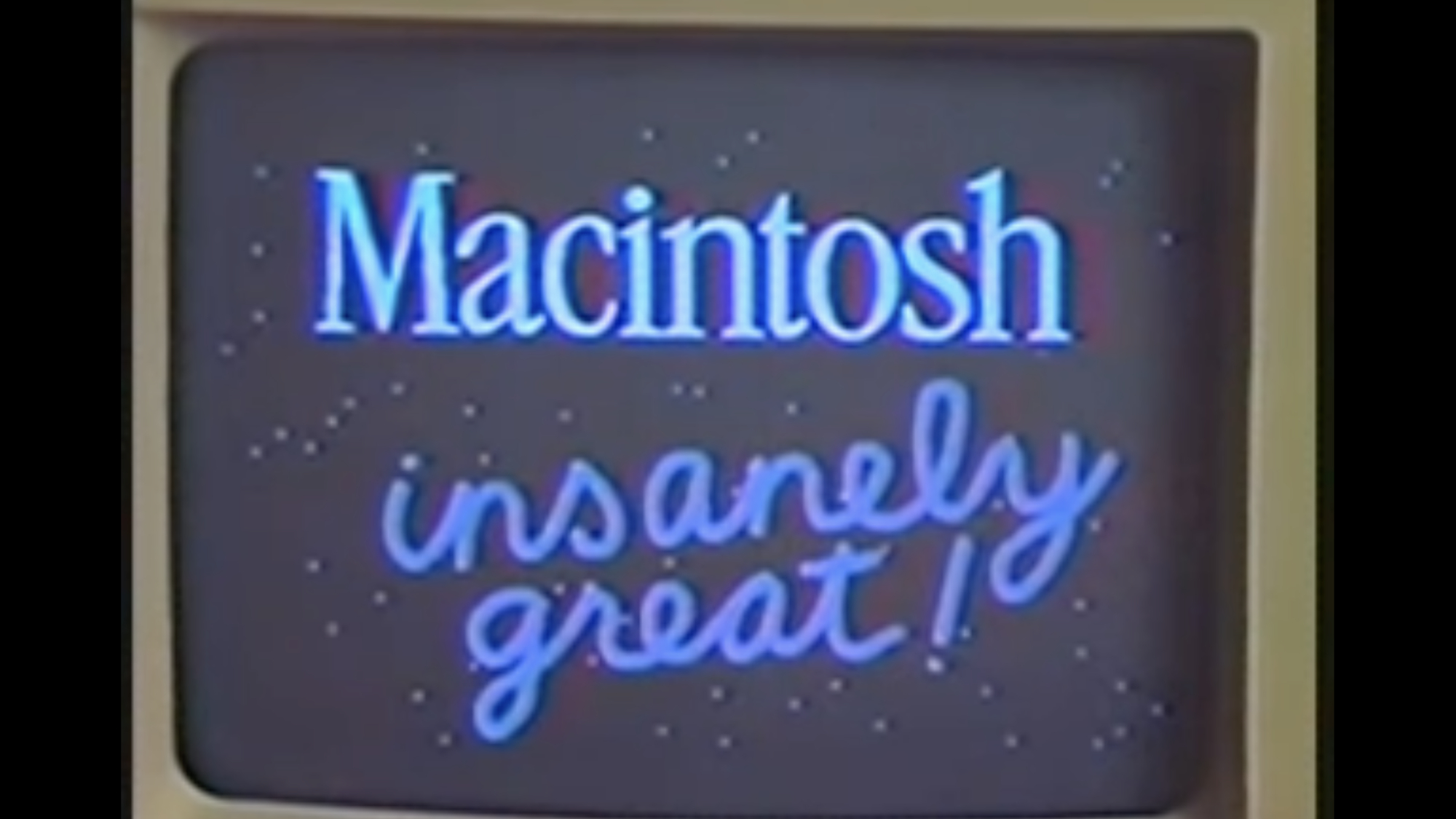
10. The Mac has a song and a tagline too, of course
When Steve Jobs revealed the Macintosh on stage on January 24, 1984, the way he did it has set the tone for many Apple product launches since, from iMac to iPhone. Jobs pulled put a beige box from a carrying case, popped in a floppy disk and let the device do the rest. The Chariots of Fire theme tune played, while "Macintosh" and "Insanely Great" appeared in monochrome on the boxy screen.
11. A launch and a little tease
During the launch presentation of the first Macintosh, the words that appeared on the screen had a nice little dig at IBM reading: "Never trust a computer you can't lift".
12. The successor to the 128K Macintosh had a great nickname
The original Macintosh didn't have the highest memory as we have established. Its successor changed this criticism a little however, offering 512KB instead. Its nickname is excellent though – known as "Fat Mac" – like a burger you'd find in McDonalds but a lot more expensive.
13. MacPaint and MacWrite
The first Macintosh came with two applications and they certainly weren't Adobe Photoshop and iMovie. Instead, the two applications were MacWrite and MacPaint.
14. We have Mac to thank for the mouse
Love it or hate it, Apple Macintosh was the first personal computer to offer mouse and pointer control. It was also the first personal computer to offer a graphical interface, even if it was monochrome until quite some time after the first model.
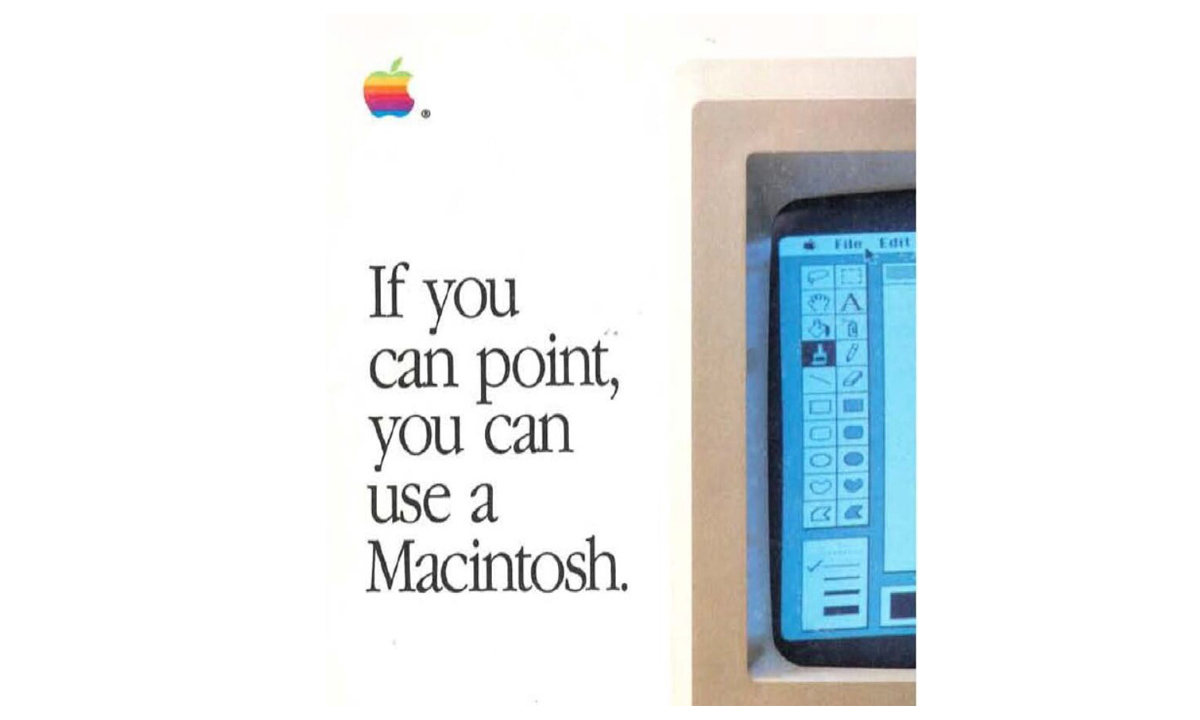
15. Bringing the colour
The Macintosh II was the first Mac to introduce color to the screen – something we couldn't imagine Macs without these days. It arrived in 1987 and it was also the first Mac to offer the ability to install memory cards – something you can no longer do on the latest models.
16. Software support for the first Macintosh stopped in 1998
Software support for the first Macintosh finished in 1998 but that doesn't mean you can't still use it if you happened to have one. Some owners still play games like Frogger and Lode Runner, according to a BBC article.
17. A Mac sold for nearly $1million at auction in 2014
Speaking of old Macs, a rare Apple I computer was put up for auction in New York by Bonhams. It sold for $904,000 in the auction in 2014. Yes, really.
18. Mac OS wasn't always a free upgrade
If you've been a Mac user for more than the last decade, you'll know Mac OS software upgrades weren't always free. You used to have to pay for the privilege of new software features. That changed with Mac OS Mavericks in 2013 when Apple made the upgrade available for free.
19. Big Macs, big cats
Mac software is currently named after places in California, often very beautiful ones too – the latest being Sonoma. The first Mac OS software was named Cheetah however, and big cats were the naming theme from 2001 until 2013 when Mavericks arrived.
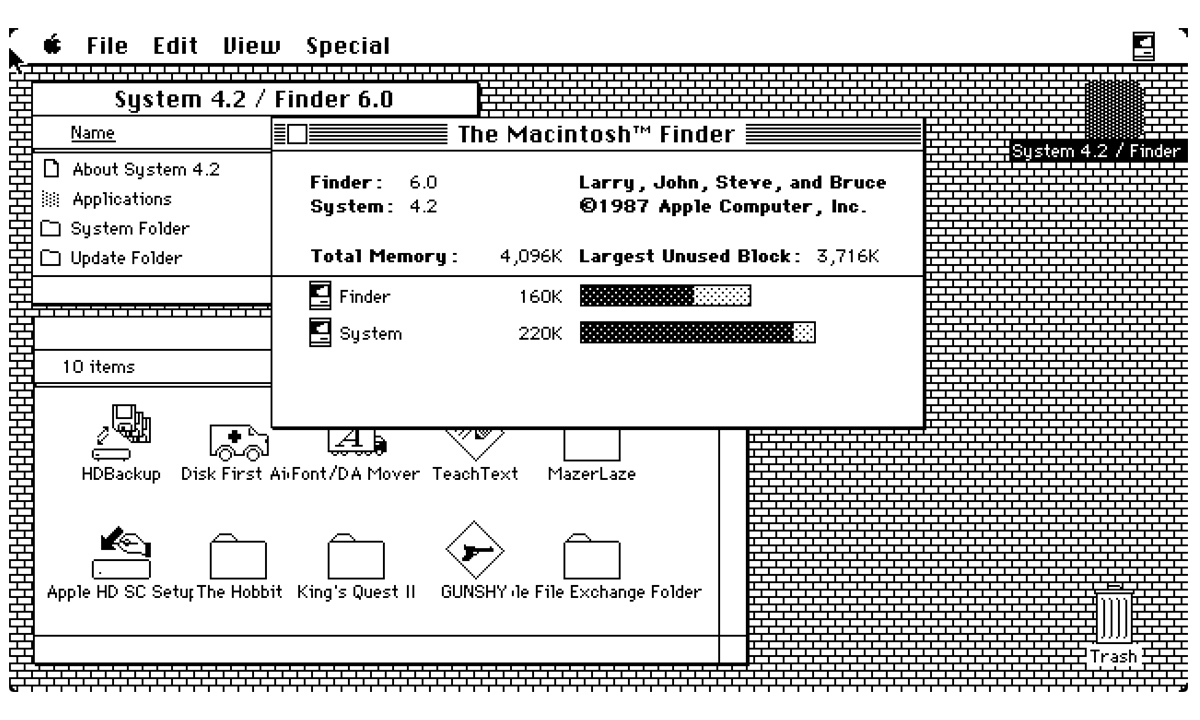
20. Multi-tasking took a while to appear
Multi-tasking on Mac these days is second nature, especially with features like Stage Manager. It wasn't until 1987 that Macintosh models back then could multi-task however. System 5 was the first operating system to offer it, replaced soon after by System 6.
21. So..sue..me...
Macintosh has some of the most iconic sounds out there. You really can't beat that chime that all of the latest models make when they turn on. From the chime, to the camera screenshot and the "Sosumi" beep, they are sounds you would know anywhere.
The reason the beep is called "Sosumi" is to do with the lawsuit The Beatles' record label – also called Apple – had filed after Steve Jobs previously said Apple computers would stay focused on computers and not music. Sound designer Jim Reekes was told by lawyers to rename any sound effect with a music-sounding name so he used "Sosumi" as it sounds like So Sue Me. It's been renamed as Sonumi in newer versions of macOS, but go to System > Library > Sounds and you'll still see Sosumi.
22. Trackpad founders
The Macintosh was the first computer to offer a trackpad, so we probably have it to blame for the famous red dot on ThinkPads that still remains.
23. Picasso inspired Finder
The iconic Mac Finder icon was designed by Susan Kare. It's rumoured the current version that has a split face was influenced by Picasso's Two Characters painting.
24. A typeface represents more than you'd think
Susan Kare is responsible for some of the most iconic Macintosh graphics – like the trash can. She also designed the original, custom typefaces that shipped with Macintosh when it first launched. The boldest one was called Chicago and it was used from 1984 to 1997 with all capital letters being 9 pixels tall.
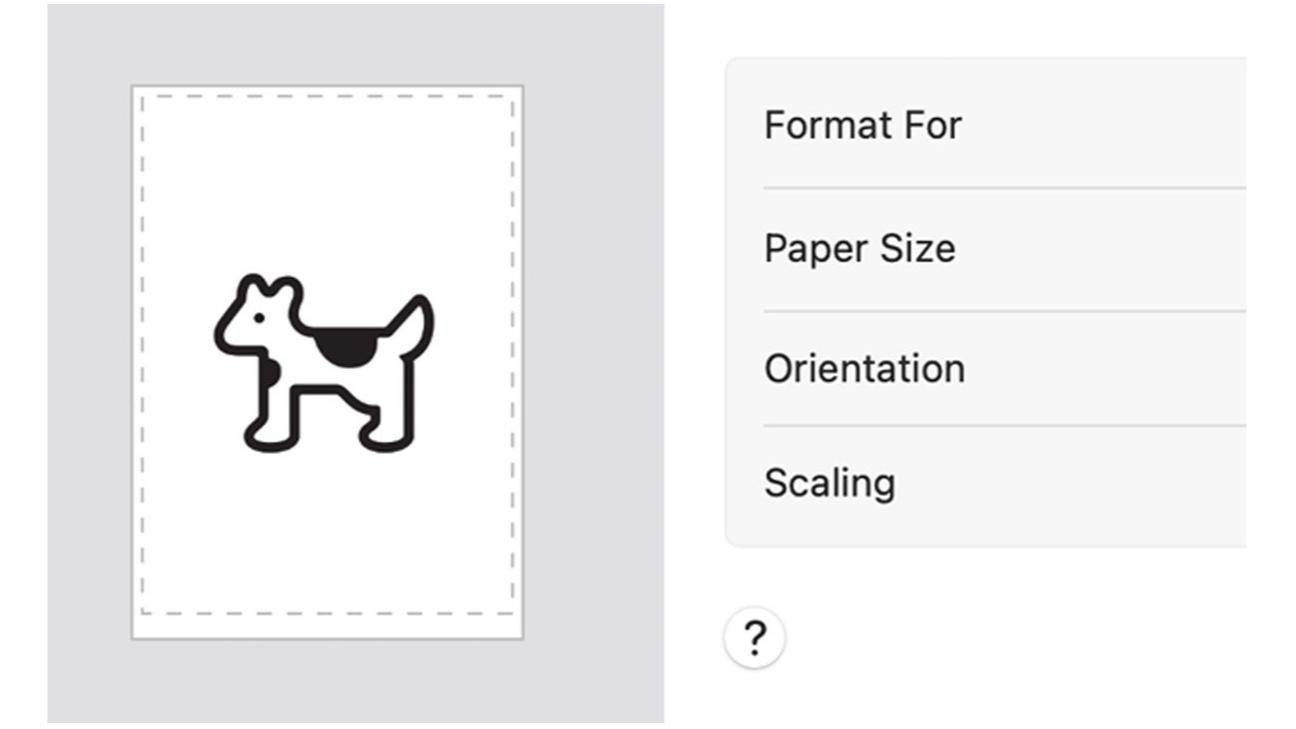
25. TextEdit isn't as boring as you first think
TextEdit is perfect for making sure you just get plain text when you type but it's never going to be heralded as the most exciting app on Mac. There's more to it than meets the eye though.
Open a new TextEdit page and type "Shift + Cmd + P" for Page Setup. You'll see a weird looking animal on the left, which is a dogcow and a reference to Clarus from one of the original fonts. This was initially used to represent page orientation when printing in the original Mac OS.
26. First portable Mac was not a success
These days, MacBooks are arguably more popular than desktop Macs but that wasn't always the case. The first portable Mac – which weighed 16 pounds and would have set you back $6,500 – was a huge flop. It wasn't until two years later and the launch of the Powerbook 100 that success was achieved.
27. Sony and Apple once worked together
Not all tech companies are rivals. Quite the opposite if you take the Powerbook 100 that arrived in 1991, in fact. This portable computer was actually designed with Sony. Who knew.
28. Carl Sagan sued Apple
It's said the Power Mac 7100 was originally codenamed Carl Sagan, who apparently sued Apple when he found out. He lost and the codename was said to be changed to BHA, which is said to have stood for Butthead Astronomer. We suspect he regrets that now.
29. Ive was responsible for the iMac
Many associate Steve Jobs with Macintosh but as we've already established, he didn't do it alone. In fact, when it came to the first iMac and the model that is commonly described as the device that saved Apple, it's someone else we should thank. The translucent back and integrated handle was the vision of 30-year old Jony Ive, who was Apple's head of design.
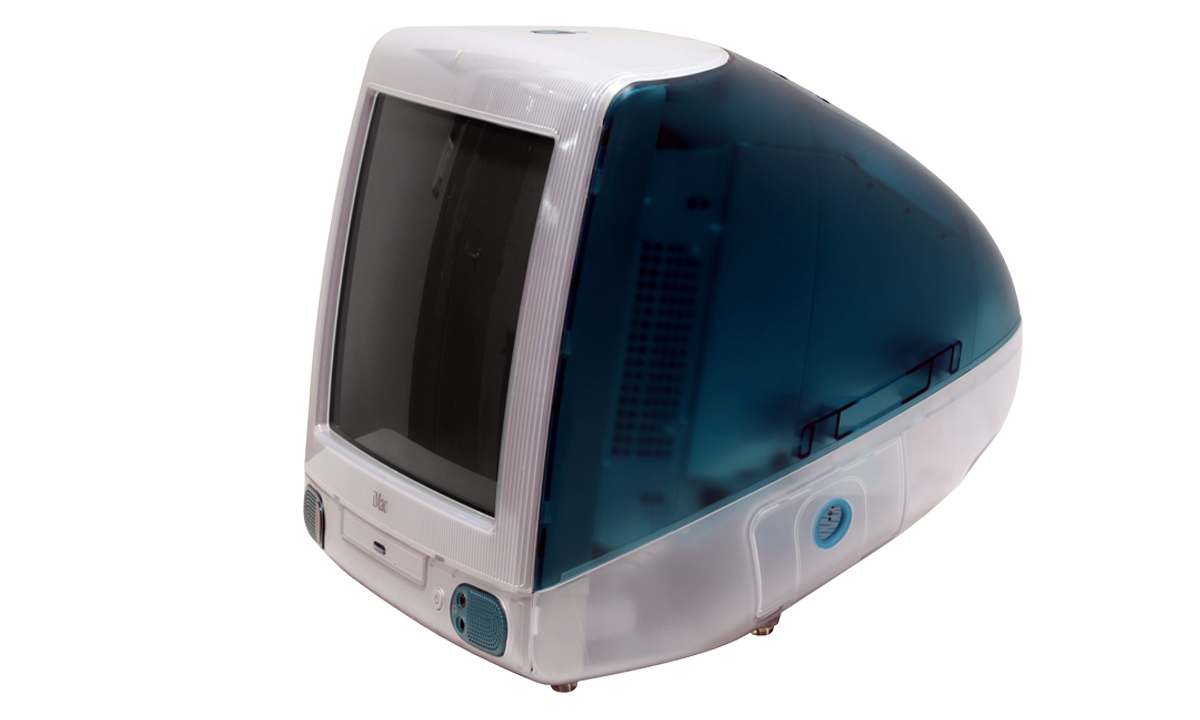
30. Hello beautiful
The first iMac was introduced in 1998, again on stage by Steve Jobs. This time it wasn't removed from a carrying case, but a black fabric cover was pulled off revealing a computer that was more exciting from the rear than the front. Jobs said that not us, "The back of this machine is more beautiful than the front of any other computer!". A new slogan also arrived in: "Think different".
31. Think Different ad campaign still stands
The Think Different advertising campaign for the iMac in 1998 can still be found referenced throughout Apple products. You just have to look pretty hard to find it. The emoji of the Book is one example, reading: "Here’s to the crazy ones. The misfits. The rebels. The troublemakers. The round pegs in the square holes.The ones who see things differently. They’re not fond of rules. And they have no respect for the status quo. You can quote them, disagree with them, glorify or vilify them. About the only thing you can’t do is…"
It doesn't finish the sentence, but the page turning ending is "ignore them. Because they change things. They push the human race forward. And while some may see them as the crazy ones, we see genius. Because the ones who are crazy enough to think that they can change the world, are the ones who do.”
You'll also find the quote if you head to Displays within Mac System Settings.
32. All the millions
The first iMac had a price tag of $1,299 and over 5 million units were sold in the first five years. It also carried an advertising campaign of $100 million, which let's face it was no small change at the time.
33. iBooks wasn't always an app
Today iBooks is a very different proposition to what it was back in the day. Now we use it to read books or PDFs but in 1999, iBook was the first Apple laptop to offer wireless connectivity, which it did by using an optional AirPort card.
34. The MacBook Air wasn't just the world's thinnest laptop
Any Apple fan will remember the day Steve Jobs pulled out the MacBook Air from the manila envelope to mark the world's thinnest laptop at 1.9cm but there's something you might not know. The MacBook Air that arrived in 2008 was also the first computer from Apple to offer an optional SSD.
34. A therapist used to live within terminal
It's not something we can get to appear on our MacBook Air 15-inch running Mac OS Sonoma but a chatbot used to live within the terminal app acting as a psychotherapist and asking you to describe your problems. If you want to give it a go, open the Terminal app, type emaps, hit return, press Esc, then X and then doctors.
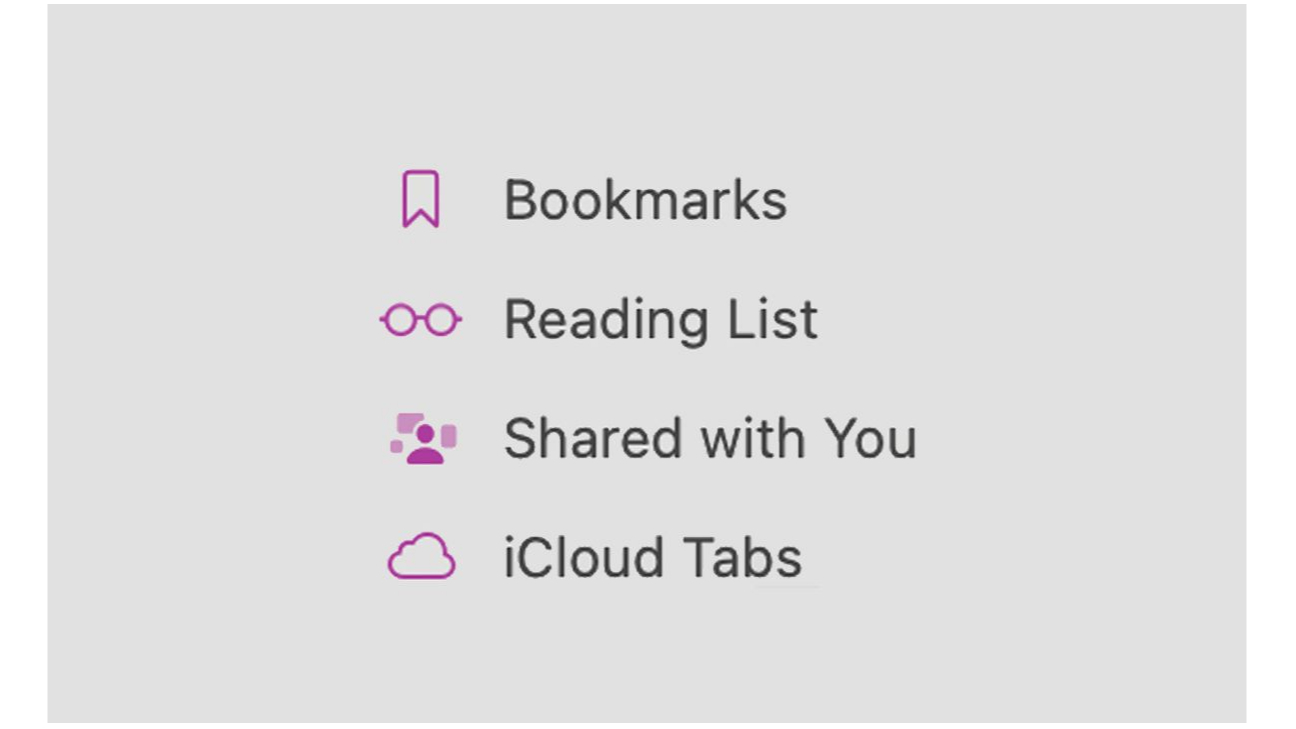
35. Look a little closer, literally
Safari – which of course is also not just available on Mac – has a Reading List feature within it if you want to bookmark a page to read later. Well, take a closer look at the glasses symbol used to mark Reading List. Then pull up a picture of Steve Jobs and tell us there isn't a correlation.
36. There's a hidden record with a message
Apple's Mac is full of hidden Easter Eggs, one of which can be found in the suggested images within User & Groups in System Settings. If you click to change your profile picture, you'll find an EP record in the "suggestions" images. The words say Magic, Revolution, Boom! And Unbelievable – all of which are favourite words Steve Jobs used to describe Apple products. Cute.
37. The Voice memo icon has a bigger voice than you think
The Voice Memo app isn't just on Mac – you'll find it across all Apple devices from the iPhone to the iPad. Ever wondered what is behind the design of the app icon? Try saying Apple into it and you'll see it's an identical wave form.
38. Incomplete downloads have a surprise date
If you've ever started to download something and then stopped, there's a great surprise waiting for you. Incomplete downloads have the created date set as 24 January 1984, which you might have figured out by now is the date of the first Macintosh. You'll need to press Cmd + 1 on the incomplete download file in Finder to see it.
39. Blue screen of death
There's nothing wrong with a bit of friendly rivalry, right? Well, if your home network has a PC on it, head to System Settings and then Network. You'll see an old school PC icon with the blue screen of death (BSoD) presented on the screen. Just a subtle dig.
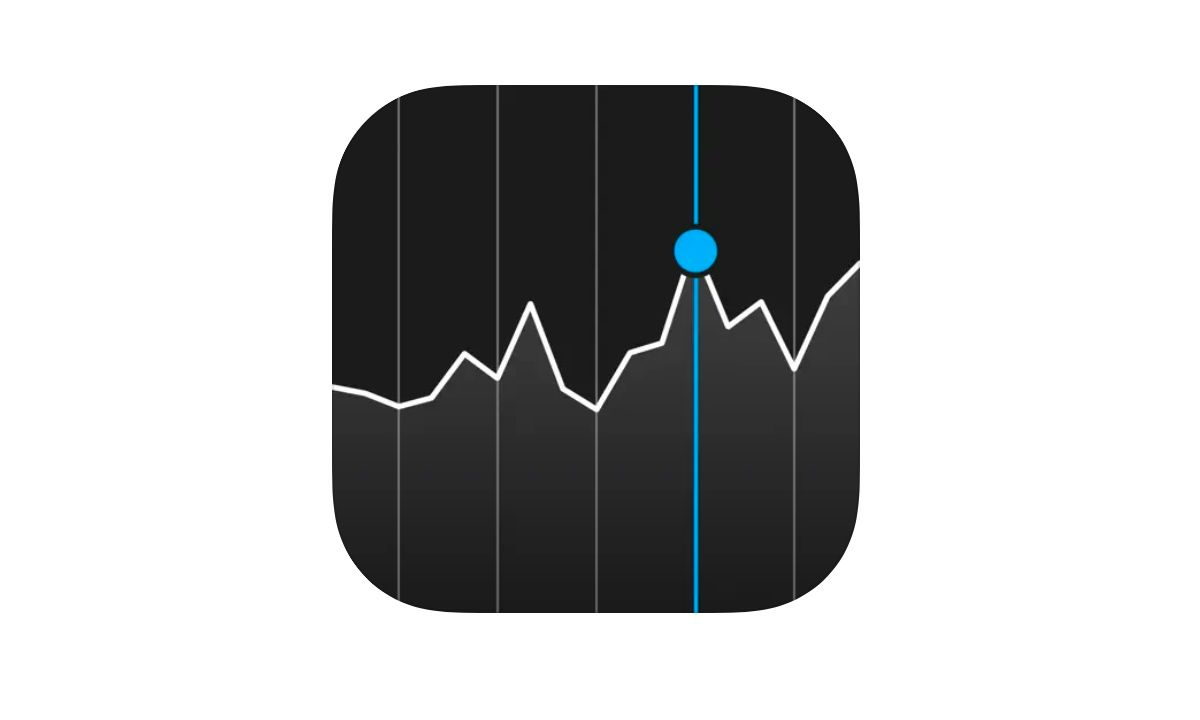
40. There's a rumour about Stocks
Last but not least, there is a rumour that the Stocks icon – which you will find on all Apple products from Mac to iPhone – presents when Apple's stock value went passed Dell in January 2006. We can't confirm this but we can't deny it's not clever if true.
